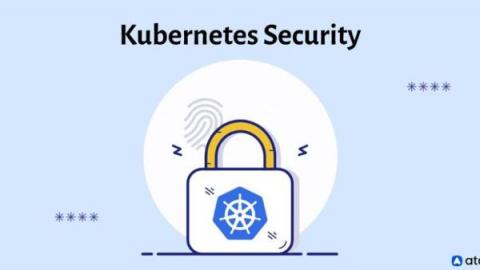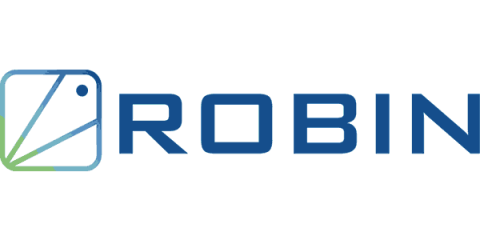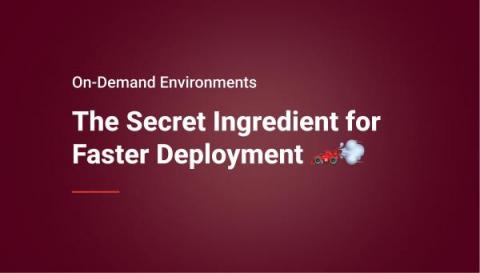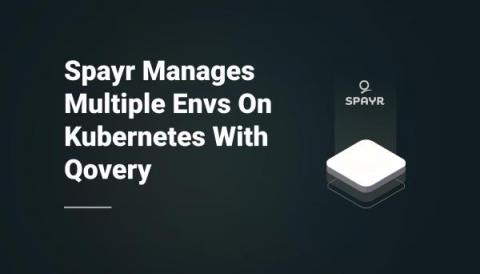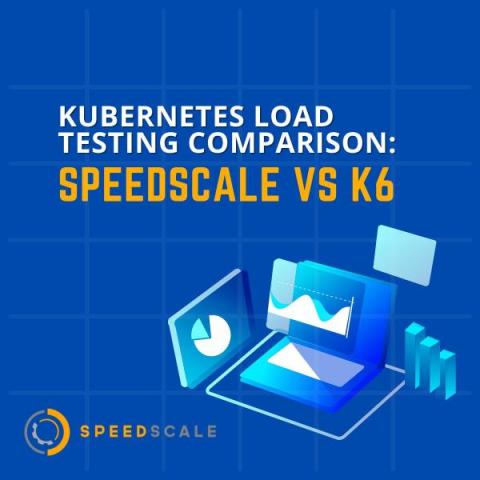Are your applications secured end-to-end?
Kubernetes has grown immensely, and its use within organizations is maturing. While Kubernetes’ growth is exciting, security concerns around applications deployed on Kubernetes are mounting. Red Hat performed a survey with hundreds of DevOps professionals, and it showed that 55% delayed application releases due to security issues.


